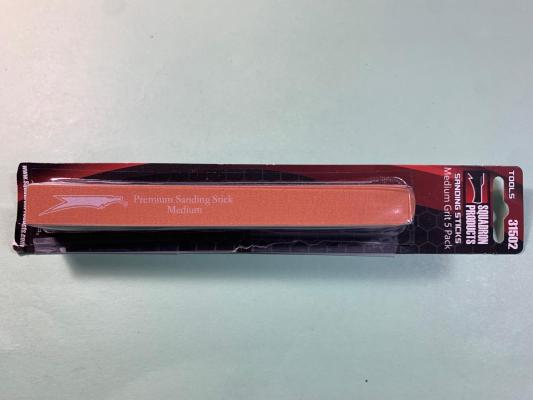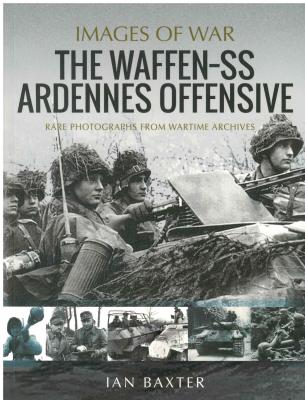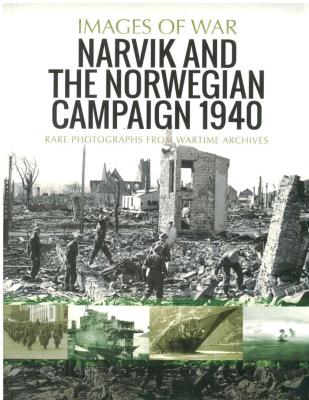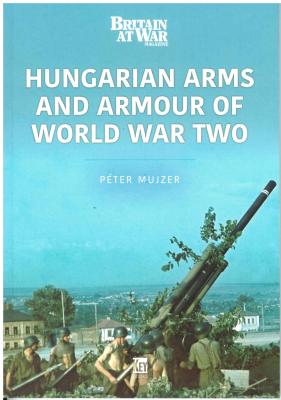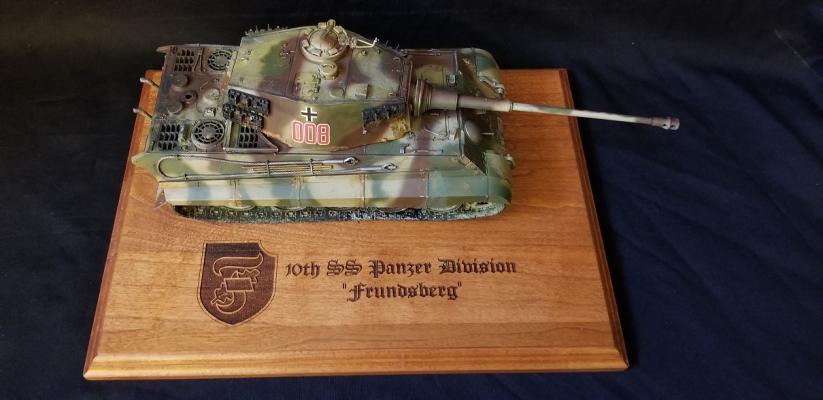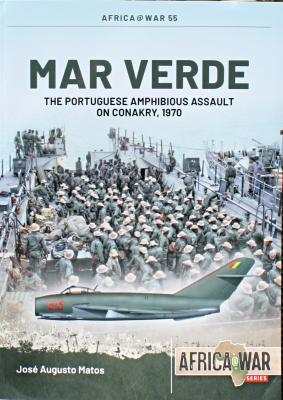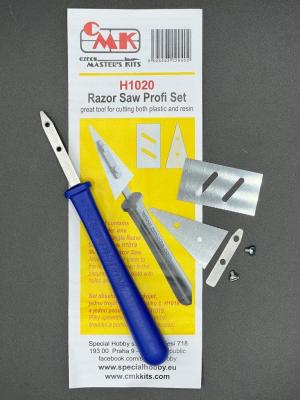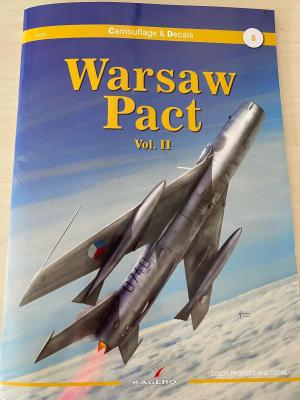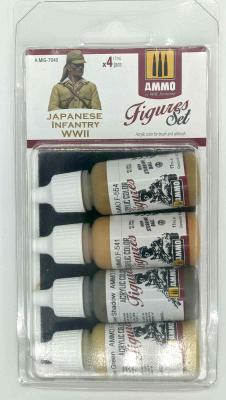This set includes 5 medium (280) grit sanding sticks. To help those of us who are visually oriented, the sanding sticks are a nice orange color, which will help distinguish them from Squadron’s other sanding sticks quickly as each grit is a different. The sanding sticks have a nice thick piece of styrene in the center of each stick to give them some rigidity, which I found useful when sanding larger flat seams such as the wing seam on my original issue Airfix Vulcan.
The box advises you that the sanding sticks can be cut and shaped to fit specific needs or shapes, however they are not easy to cut due to the styrene piece in the center of the stick. I ended up using large house scissors and a sharp Xacto in order to cut off a part of the sanding stick.

